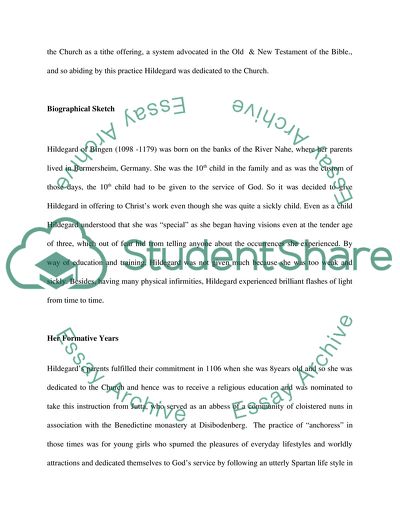Cite this document
(The Catholic Church Approving and Accepting Hildegards Position Essay, n.d.)
The Catholic Church Approving and Accepting Hildegards Position Essay. Retrieved from https://studentshare.org/biographies/1720796-hildegard-of-bingen
The Catholic Church Approving and Accepting Hildegards Position Essay. Retrieved from https://studentshare.org/biographies/1720796-hildegard-of-bingen
(The Catholic Church Approving and Accepting Hildegards Position Essay)
The Catholic Church Approving and Accepting Hildegards Position Essay. https://studentshare.org/biographies/1720796-hildegard-of-bingen.
The Catholic Church Approving and Accepting Hildegards Position Essay. https://studentshare.org/biographies/1720796-hildegard-of-bingen.
“The Catholic Church Approving and Accepting Hildegards Position Essay”, n.d. https://studentshare.org/biographies/1720796-hildegard-of-bingen.


